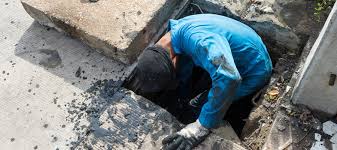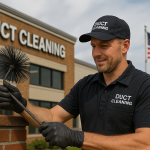Reliable Drain Repair Services in Reading for Homes
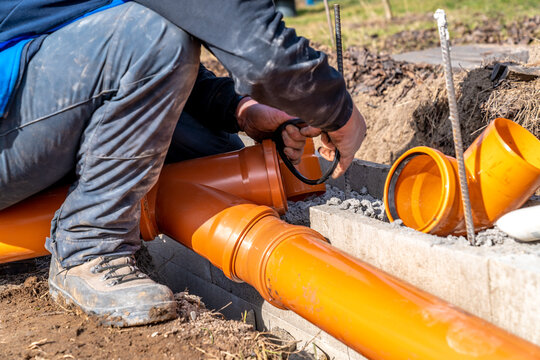
Table of Contents
ToggleWhen I first needed Drain Repair Reading, I had no idea how complicated drainage problems could become if left unresolved. Over time, I’ve dealt with cracked pipes, slow drainage, and even complete blockages that disrupted daily life. Living in Reading, I’ve seen how both older properties and newer housing developments experience drainage issues, and I’ve learned that prompt repair is key to avoiding costly damage.
Why Drain Problems Seem Common in Reading
The first time I noticed trouble with my drains, I assumed it was just bad luck. But after speaking with experts and neighbours, I realised that Reading has its fair share of drain issues due to several factors. Many older homes here were built with clay pipes, which crack more easily and allow roots to enter. Heavy rainfall in the area often overwhelms outdoor drains, and with the mix of residential and commercial properties, the network sometimes struggles to cope.
How I First Realised My Drains Needed Attention
I didn’t recognise the signs at first, but small problems gradually became too obvious to ignore. Here are the key indicators that told me I needed help:
- Slow draining sinks and bathtubs that never cleared properly.
- Unpleasant odours seeping from plugholes.
- Gurgling sounds echoing from pipes after flushing.
- Wet patches appearing around the garden with no rainfall.
Had I understood these signs earlier, I might have avoided more serious damage.
Common Causes of Drain Damage I’ve Experienced
Through trial, error, and advice, I discovered that most drain damage falls into a few categories.
Tree Root Intrusion
Roots are naturally drawn to water, and with Reading’s many green spaces, they often find their way into tiny cracks in underground pipes. Once inside, they grow quickly, blocking or damaging the line.
Ageing Pipes
Some of the older properties in Reading still rely on clay drains. These pipes, while once reliable, are prone to cracks and collapse under modern usage.
Everyday Waste
I was guilty of flushing things that shouldn’t go down drains, like wipes and kitchen fats. Over time, these built up and hardened, causing stubborn blockages that weakened the system.
Ground Movement
In certain parts of Reading, shifts in soil have led to drain misalignment. I once had an inspection that revealed displaced joints were slowing water flow dramatically.
My Attempts at DIY Repairs
Like many homeowners, I first tried to fix issues myself. For minor clogs, boiling water and a plunger gave temporary relief. I even tried chemical drain cleaners, but they never tackled deeper issues and often left behind harsh smells. After one particularly bad blockage, I rented a drain snake, which worked for surface problems but didn’t stop recurring leaks.
Those experiences taught me that while DIY methods are fine for small blockages, they don’t provide lasting repair when the pipe itself is damaged.
How Professional Repairs Made a Difference
The turning point came when I finally called in specialists for a CCTV drain survey. They identified cracks in the underground system that I would never have spotted myself. What impressed me most was the use of modern repair techniques like drain lining, where a resin-coated sleeve is inserted and hardened, effectively sealing the pipe without excavation.
In another case, high-pressure jetting cleared years of buildup in my drains within hours. The professional approach didn’t just fix the problem; it gave me peace of mind knowing the repair would last.
Preventive Steps I Now Take
After dealing with repeated drain issues, I changed how I maintain my home’s drainage system. Simple habits have made a huge difference:
- Avoiding pouring grease or oils into the sink.
- Using drain guards in the kitchen and bathroom to catch debris.
- Flushing only water and toilet paper, never wipes or hygiene products.
- Scheduling an annual drain inspection for reassurance.
These small steps have saved me from the stress and cost of unexpected repairs.
Why Reading Needs Local Knowledge
What I’ve learned is that local expertise is invaluable. Specialists in Reading understand the challenges of older clay pipes, the effect of tree roots in green areas, and the seasonal impact of rainfall on drains. When I used a company familiar with Drain Repair Reading, the service felt tailored to the environment, not just a generic fix.
The Cost of Delaying Repairs
I once ignored a slow-draining shower for months, thinking it was nothing major. That mistake ended with a partial collapse of a pipe, requiring a much bigger repair. The cost was far higher than if I had acted earlier. From then on, I’ve treated small issues as warnings that shouldn’t be ignored.
Technology That Changed the Way Repairs Are Done
One of the most reassuring parts of modern drain repair is the technology involved. CCTV inspections mean there’s no guesswork anymore. High-pressure jetting provides thorough cleaning without damage. Trenchless relining saves gardens and driveways from being dug up.
These methods are efficient, less disruptive, and often more affordable than traditional excavation repairs.
Lessons I’ve Learned From Drain Problems
Looking back, the biggest lesson is that prevention and early action are always cheaper and less stressful. Maintaining healthy habits, recognising early signs, and relying on professional support when needed has kept my home running smoothly. Having gone through several experiences, I now see drainage not as an afterthought but as an essential part of household care.
FAQs
Q1: Can minor blockages be handled without professional help?
Yes, small clogs can often be cleared with boiling water or a plunger, but recurring or serious issues require expert inspection and repair.
Q2: What makes Reading particularly prone to drainage issues?
A mix of older clay systems, tree root intrusion, and heavy seasonal rainfall makes drains in Reading more likely to suffer damage or blockages.
Q3: How often should I book a drain survey?
For peace of mind, an annual survey is ideal, especially in older properties or if you’ve experienced frequent problems in the past.
- Arts & Style (100)
- Automobile (287)
- Business (5,665)
- Business and Entrepreneurship (165)
- Career Development (55)
- Climate & Environment (26)
- Creative (34)
- Culture (1,554)
- Beauty (281)
- Skincare (242)
- Cultural Studies (75)
- Digital Life (73)
- Energy Healing (31)
- Fashion (1,035)
- Clothing (696)
- Fashion Design (234)
- Philosophy (7)
- Morality (6)
- Religion (17)
- Sports (116)
- Beauty (281)
- Digital Marketing (342)
- DIY and Crafts (15)
- Economics (8)
- Education (1,279)
- Entertainment (198)
- Faith & Spiritual (10)
- Fashion and Beauty (155)
- Finance and Money Management (210)
- Fitness and Exercise (32)
- Food and Drink (170)
- Game (140)
- Health and Wellness (1,094)
- Home and Garden (388)
- Law (142)
- Lifestyle (1,371)
- Health (680)
- Home (388)
- Architecture (99)
- Interior Design (216)
- Rental Property (27)
- Pets (75)
- Relationships (70)
- Restaurants (19)
- Literature (7)
- Media (272)
- Packaging (41)
- Politics (1)
- Real Estate (257)
- Science and Nature (14)
- SEO (137)
- Social Media Marketing (51)
- Software Development (221)
- Sports and Fitness (44)
- Technology (844)
- Artificial Intelligence (239)
- Blockchain (61)
- Data Science (114)
- Gadgets (144)
- Security (139)
- Transportation (108)
- Travel & Tourism (747)
- Uncategorized (1,948)
- World (62)
- International (59)

Transform Your Space with Unique Wall Tile Shapes from Tiles and Deco
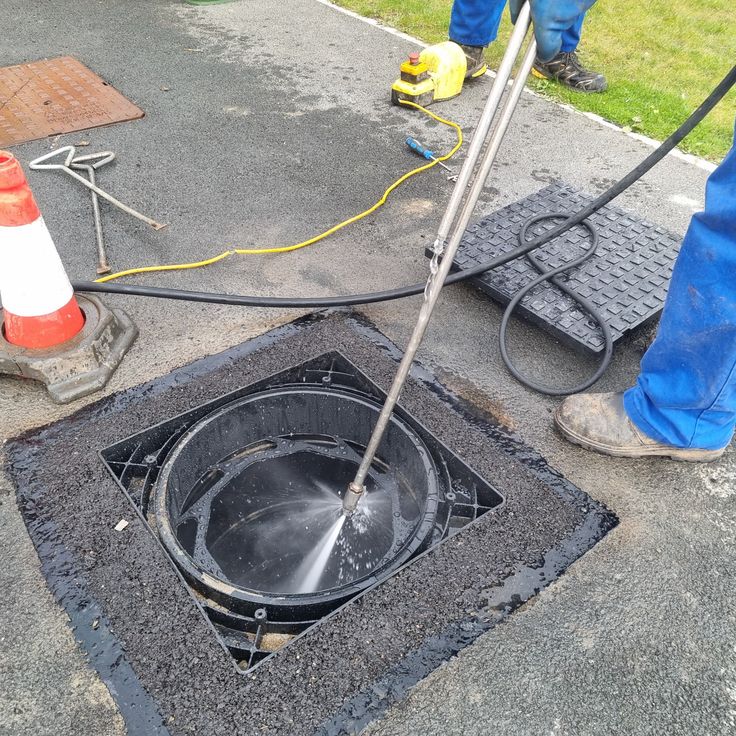
Trustworthy and Effective Drain Repair Buckinghamshire

Basketcase: The Art-Driven Label Turning Streetwear Inside Out.
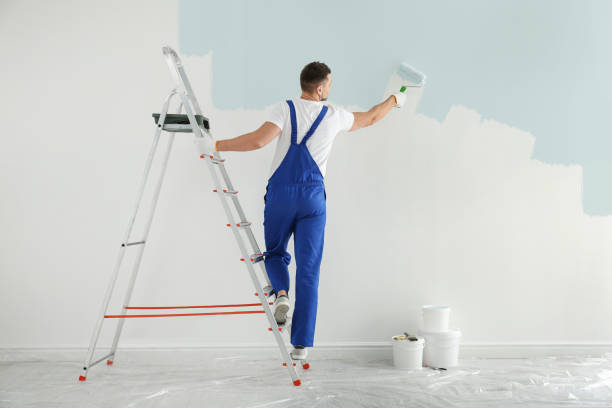
Book Affordable Auckland Painting Services for a Stunning Makeover
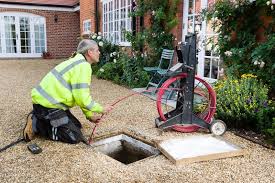
Blocked Drains Hounslow | Fast & Affordable Drain Care
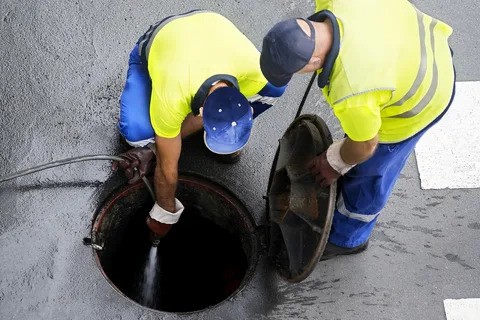
Drain Pipe Lining High Wycombe - Trusted Local Repair Now

Reliable Drain Repair Services in Reading for Homes
